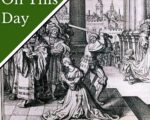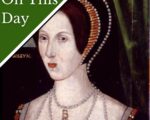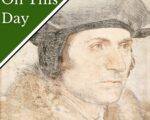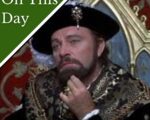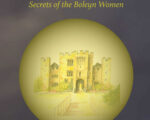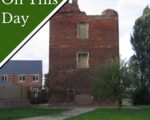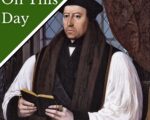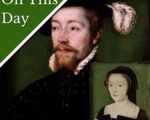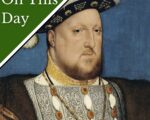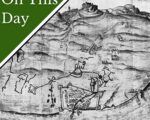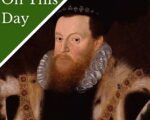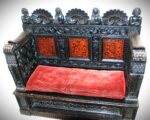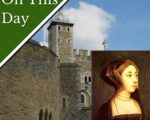
On this day in Tudor history, 22nd May 1537, Edward Seymour, brother of Queen Jane Seymour, was sworn in as a privy councillor.
Edward, who was born in around 1500, had been at court since early adolescence, and he’d risen to become an esquire of the body by 1531.
In 1536, when the king was wooing his sister, Jane, Edward was appointed to the king’s privy chamber. Following Henry and Jane’s marriage, the rewards came thick and fast…
[Read More...]




